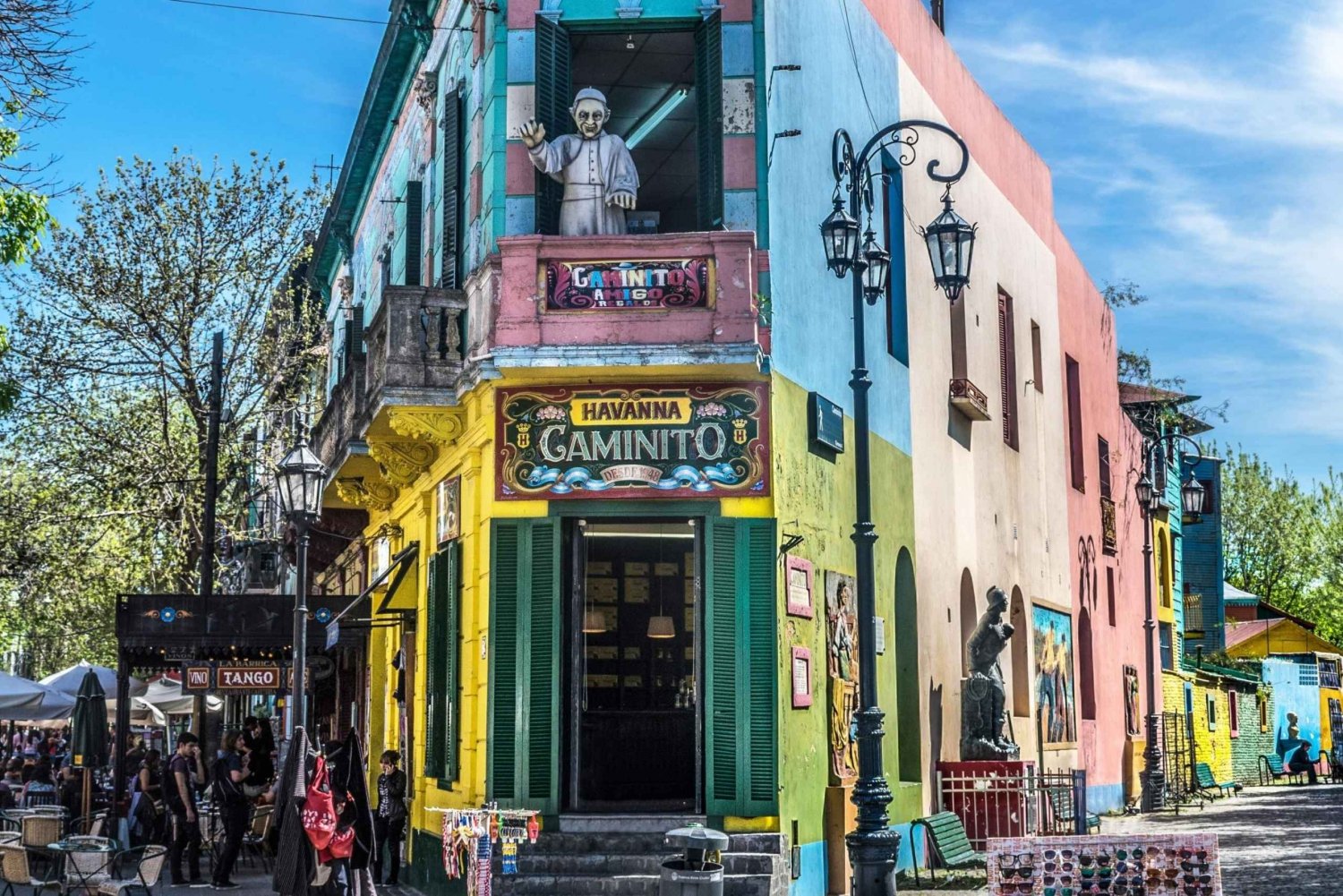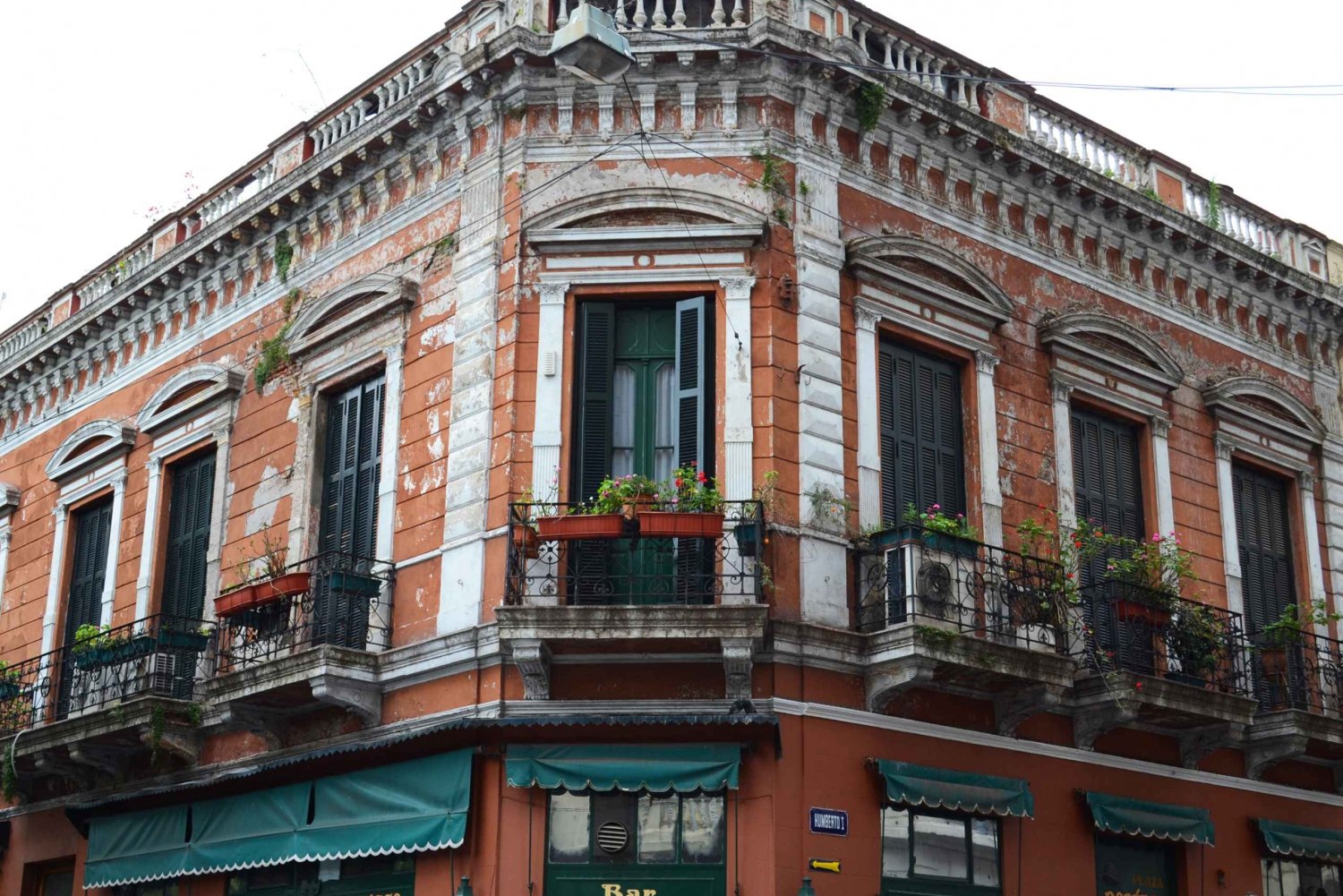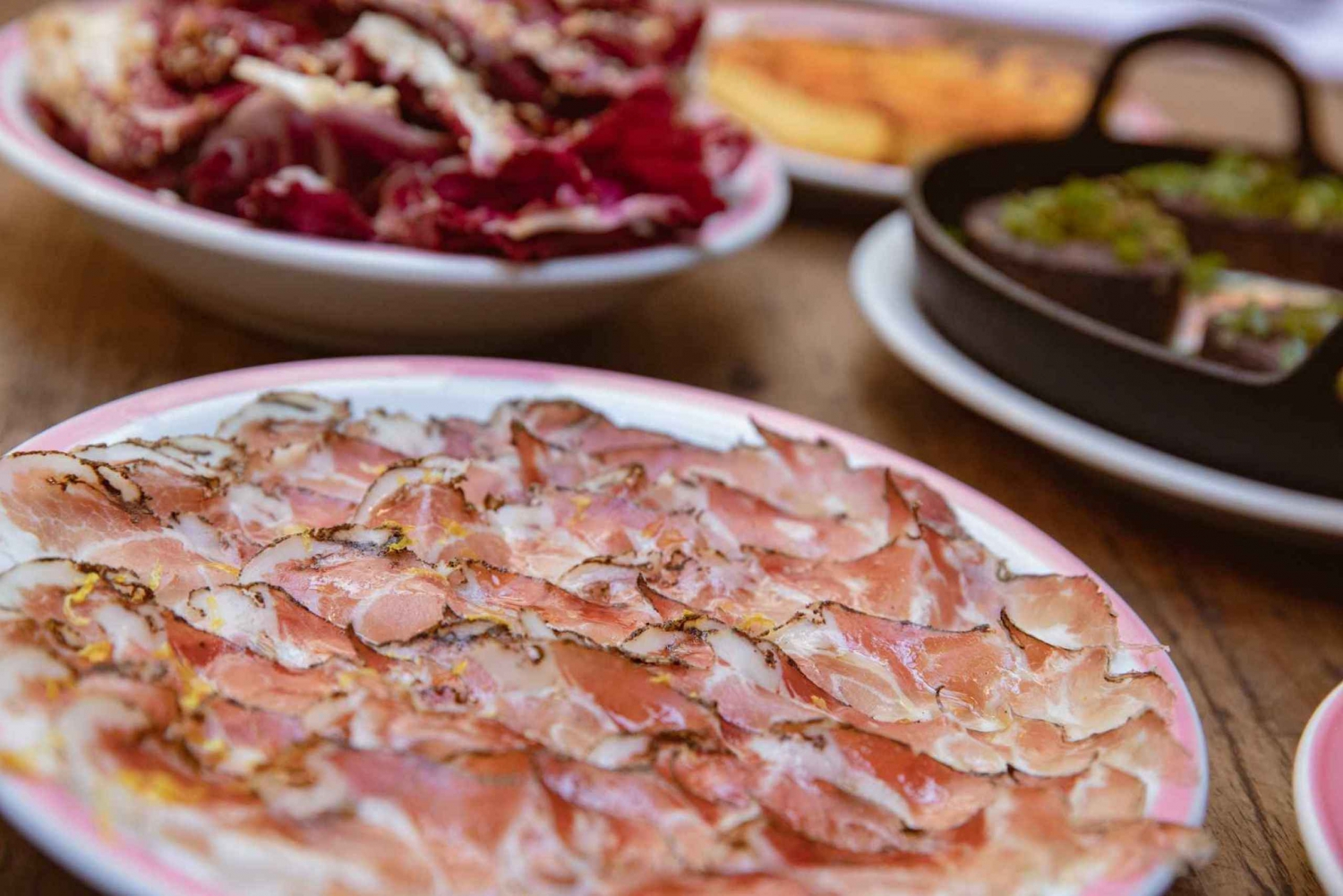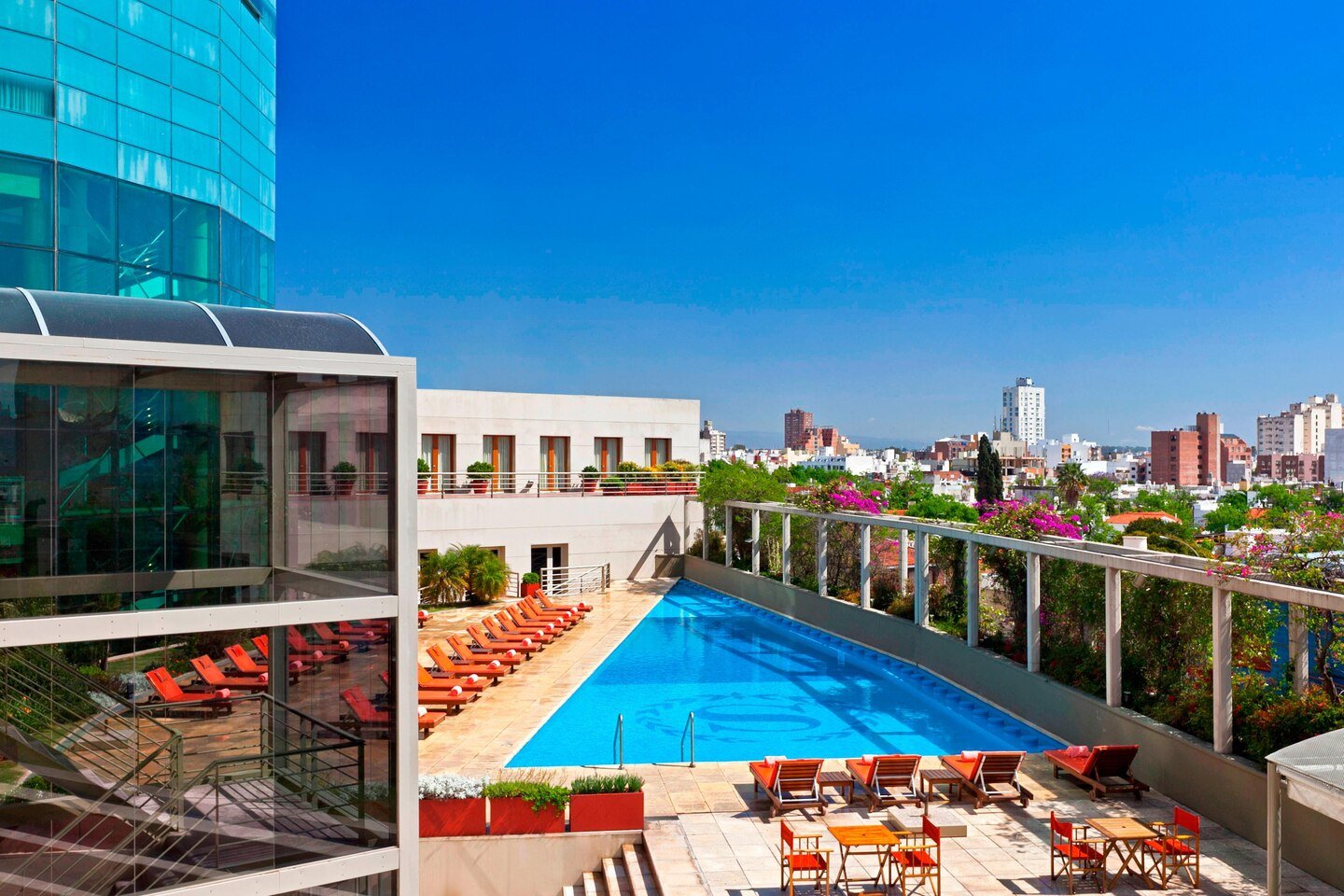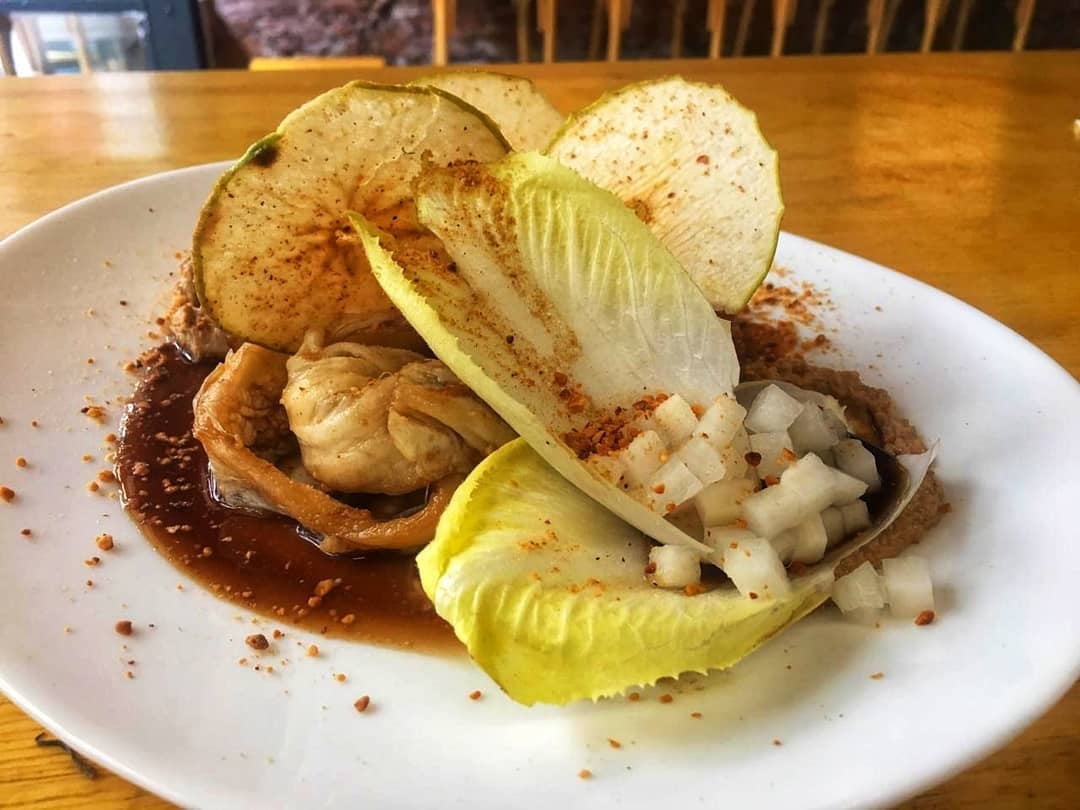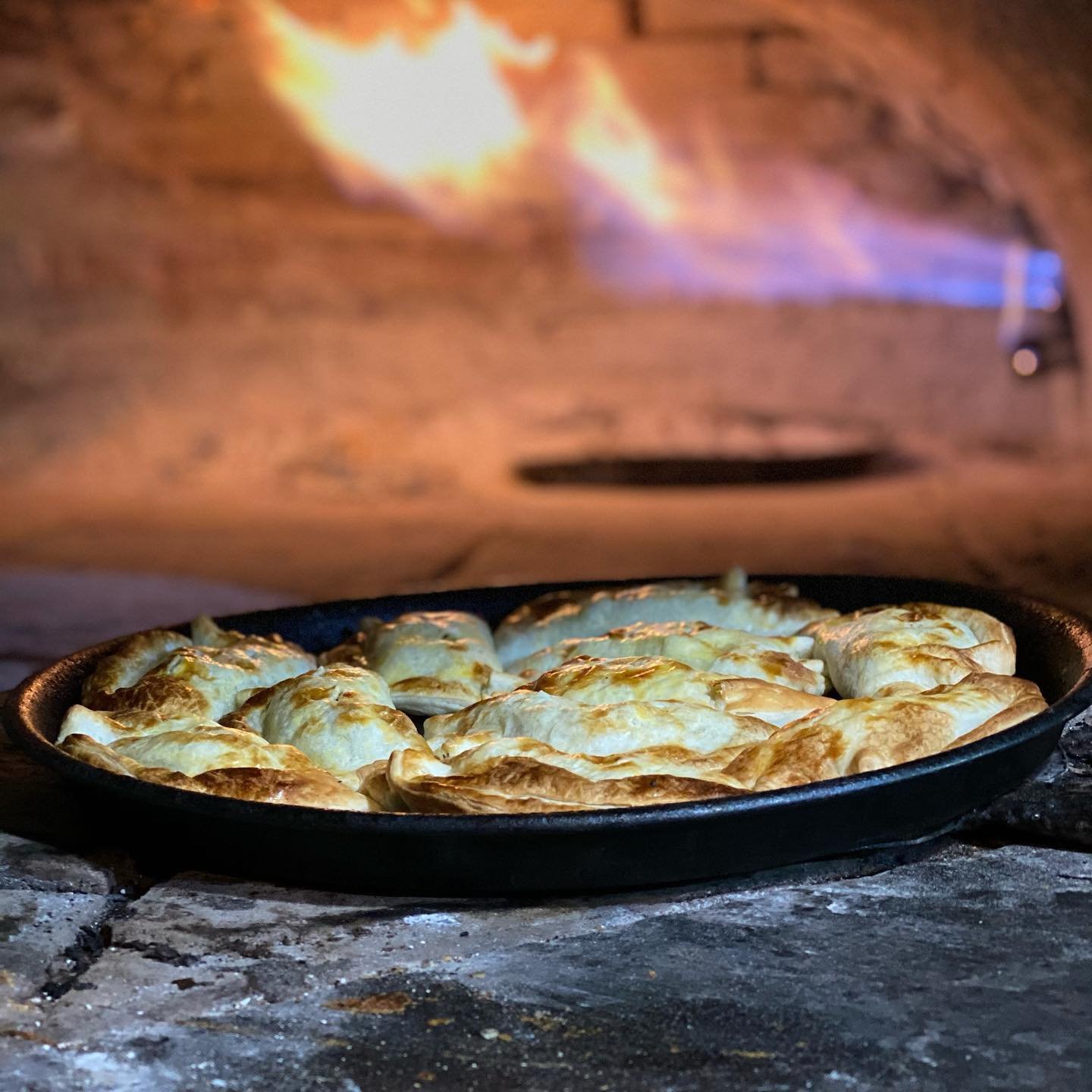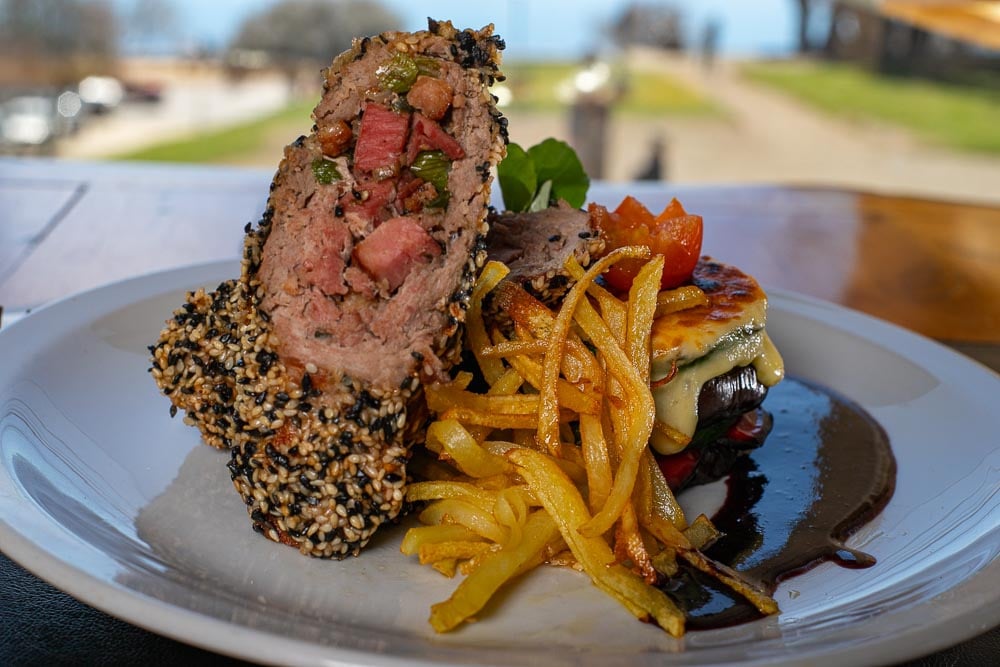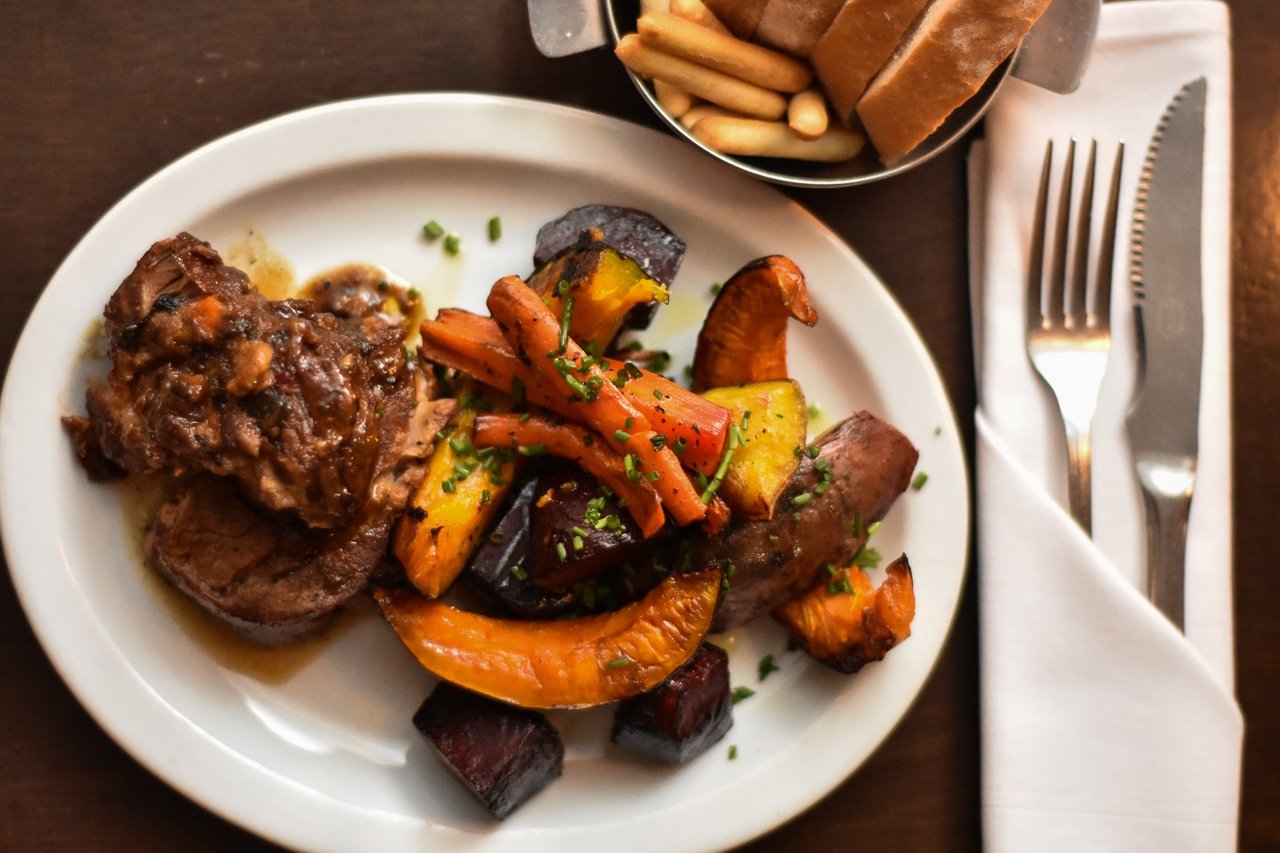Local Recommendations
Explore the World like locals
My Guide to Argentina
Local News & Articles
-

Dulce de leche, a very Argentinean tradition
Many have tried to dispel the myth that dulce de leche is an Argentinean invention. Some scholars in the field, argue that already in the colony was known a product of similar characteristics that came to the area of which - next to the Andes - from Chile.
-

Regional curiosities of the Argentinean cuisine
Argentina is one of the largest countries in South America, after Brazil. It is made up of different provinces with their own identity and which, according to their geographical location, make up different regions with their respective traditional recipes.
-
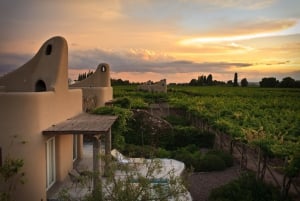
Wine, a tradition at the Argentinean table
When the conquerors arrived in America, one of the expeditions left from Peru and descended along what today is the Republic of Chile, crossed the Andes towards the east and reached the lands that today make up the Province of Mendoza.
-
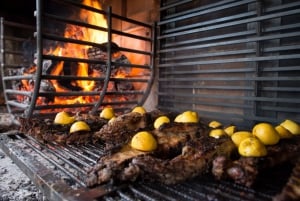
The true taste of the Argentinean roast
What makes the Argentinean roast so famous? To answer this question, we have to do a bit of history and go back 300 years in time. The first people to give an account of the existence of the asado were the Jesuit priests, back in the early 18th century.
-

The world in Argentinean cuisine
Unlike the rest of Latin American cuisine, Argentinean cuisine is the least influenced by the pre-Hispanic cultures that dominated America before the arrival of the conquistadors. Of course there are some exceptions, in the north of Argentina there is still a strong influence on the most typical dishes, from the Inca cuisine.
-
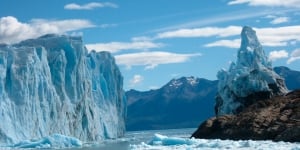
Tips For Travelling To Argentina
Argentina is a huge country where one life is not enough to travel from north to south or to visit its wonderful landscapes and cities. Fortunately, we received a series of recommendations and advice for travelling to Argentina that made our days in the country tremendously enjoyable.
-
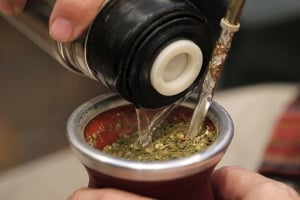
The importance of mate in the Argentine culture
The Argentine mate is an infusion based on a plant called ilex paraguaiensis. This plant was used by the Guarani people before the arrival of the Spanish in our territory. These tribes used to drink the infusion in a very particular way.
-

European influence on Argentine food
During the whole 19th century, Argentina was outlining its economic profile and this was done according to the requirements of world trade. After independence in 1816 from the Spanish monarchy, Argentina began to receive a strong commercial, political and economic influence from the British Empire.
-
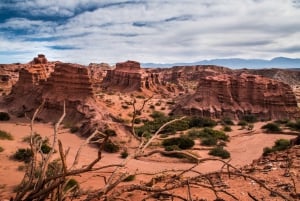
Inca Trail in Quebrada de Las Conchas
The road to Cafayate through the Quebrada de Las Conchas is one of the most important tourist attractions of our province. The majesty of its polychrome landscape, the interesting geological and cultural history
What's On in Argentina
-
FEATURED
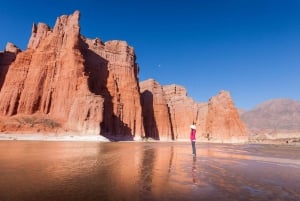
Wed 5th Nov From Salta: Cafayate Day Trip with Wine Tasting
Wed 5th Nov, 2025 Argentina ArgentinaDiscover the Las Conchas creek, visiting Los Castillos, El Amphitheater, and Garganta del Diablo. Taste the best wines from Salta, one of Argentina's most famed wine regions.
Check availability$29.50From -
FEATURED
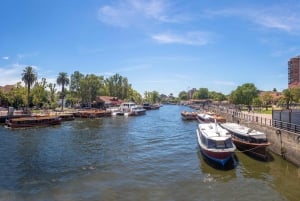
Tue 4th Nov Tigre: River Delta Panoramic Boat Tour
Tue 4th Nov, 2025 Argentina ArgentinaCruise through the waters of the 5 most important rivers of the Argentinian Delta on a modern 1-hour panoramic boat cruise while learning about the history of this unique region north of Buenos Aires.
Check availability$32.00From -
FEATURED
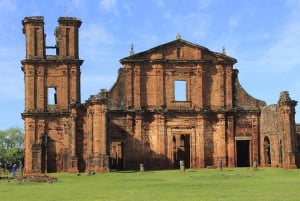
Thu 6th Nov Foz do Iguaçu: Wanda Mines and San Ignacio Ruins Day Trip
Thu 6th Nov, 2025 Argentina ArgentinaDiscover the architecture of the baroque buildings at the UNESCO-listed San Ignacio Jesuit Mission. Explore the mysterious Wanda Mines and admire the precious stones in the walls.
Check availability$68.00From -
FEATURED
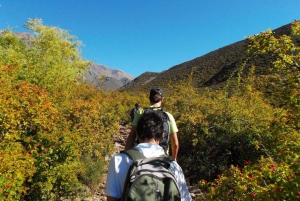
Tue 4th Nov Mendoza: 4-Hour Mountain Trekking With Lunch
Tue 4th Nov, 2025 Argentina ArgentinaHike up to the top of Calavera Mountain and take in the amazing scenery of the Cordón del Plata Mountains. After the descent, enjoy lunch and relax by a pool among the mountains.
Check availability$40.53From -
FEATURED
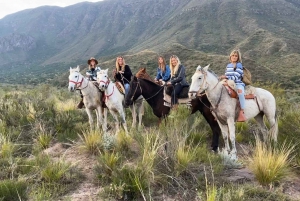
Tue 4th Nov Mendoza: Horseback Riding in the Andes with Authentic BBQ
Tue 4th Nov, 2025 Argentina ArgentinaExplore The Andes mountain range on a horseback ride, accompanied by bilingual guides. Decide whether to taste an authentic Argentinian barbecue, or "asado", with some red mendocinian wine.
Check availability$90.00From -
FEATURED
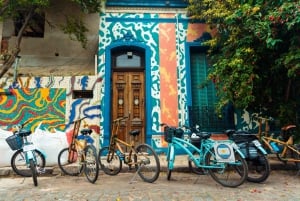
Tue 4th Nov PRIVATE Buenos Aires Hidden Urban Art Bike Tour
Tue 4th Nov, 2025 Argentina ArgentinaRead the city´s art, live the tales it tells.
Check availability$75.00From -
FEATURED

Thu 6th Nov Circuito Chico
Thu 6th Nov, 2025 Argentina ArgentinaExperience the beauty of Bariloche and its surroundings on a scenic half-day circuit. This is one of the most popular spots in Patagonia. You’ll have spectacular views of Lake Nahuel Huapi, Cerro Campanario, and the Llao Llao peninsula on the tour.
Check availability$23.00From -
FEATURED
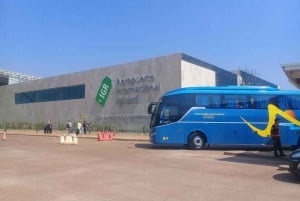
Tue 4th Nov Puerto Iguazu: One-Way or Round Trip Airport Transfer
Tue 4th Nov, 2025 Argentina ArgentinaSave time and money by arranging your arrival and departure transfer between Puerto Iguazu Airport and central hotels in Puerto Iguazu. Be greeted by your driver at the airport and relax as you enjoy the journey to your accommodation.
Check availability$11.00From -
FEATURED

Wed 5th Nov Small Group Tigre Delta Boat and Van Tour with Snacks
Wed 5th Nov, 2025 Argentina ArgentinaExplore the Tigre Delta, named after the jaguars that once roamed the area. Learn about the history of this unique area north of Buenos Aires.
Check availability$75.00From
Book Experiences in Argentina
-
FEATURED
 Best Seller
Best SellerMendoza: Horseback Riding in the Andes with Authentic BBQ
328 ReviewsExplore The Andes mountain range on a horseback ride, accompanied by bilingual guides. Decide whether to taste an authentic Argentinian barbecue, or "asado", with some red mendocinian wine.
Check availability$120.00From -
FEATURED
 Best Seller
Best SellerUshuaia: End of the World Train & Tierra del Fuego Park
169 ReviewsEscape Ushuaia and see the stunning scenery of the world's southernmost national park at Tierra del Fuego. Be mesmerized by the views and get the chance to ride the historic "End of the World train".
Check availability$154.00From -
FEATURED
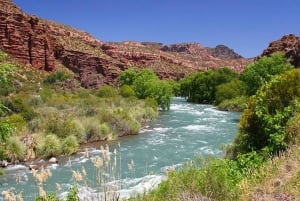 Best Seller
Best SellerFrom Mendoza: San Rafael Sightseeing and Atuel Canyon Tour
42 ReviewsEscape Mendoza and visit the modern city of San Rafael located in the middle of an oasis. See the most important landmarks and sights of the city, then discover the Valle Grande Dam and nearby Atuel Canyon where you can enjoy an array of water activities.
Check availability$75.00From -
FEATURED
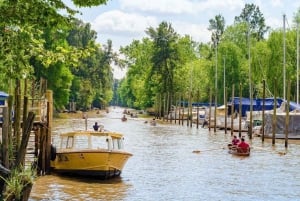 Best Seller
Best SellerFrom Buenos Aires: Tigre Delta Tour with Boat Ride
528 ReviewsExplore all 5 rivers in the Paraná Delta with a licensed guide. Marvel at the elegance of the riverside homes and surrounding scenery. Learn about Tigre and its waterways with your guide.
Check availability$67.00From -
FEATURED
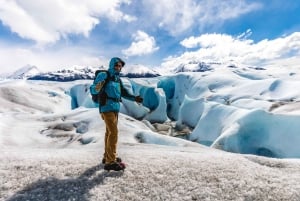 Best Seller
Best SellerEl Calafate: Perito Moreno Glacier Trekking Tour and Cruise
731 ReviewsEnjoy a unique adventure hiking with crampons on the Perito Moreno Glacier. Cross Rico Arm by boat, explore a Patagonian forest, and admire the glacier from walkways and the water.
Check availability$440.00From -
FEATURED
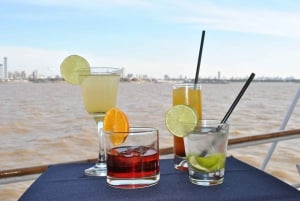 Best Seller
Best SellerBuenos Aires: Puerto Madero Sunset Cruise with Open Bar
348 ReviewsMarvel at the best views of Buenos Aires on this sunset cruise with an open bar. Enjoy good music as you pass by some of the highlights of Buenos Aires and discover part of the Río de la Plata.
Check availability$36.00From -
FEATURED
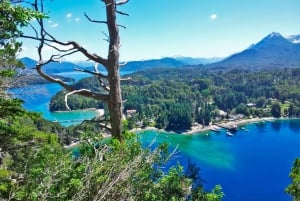 Best Seller
Best SellerBariloche: 7 Lakes & San Martin de Los Andes Road Trip
550 ReviewsEnjoy along the Road of the Seven Lakes on a scenic road trip, in the section of National Route 40 that joins San Martin de Los Andes and Villa La Angostura.
Check availability$100.00From -
FEATURED
 Best Seller
Best SellerPuerto Iguazu: One-Way or Round Trip Airport Transfer
318 ReviewsSave time and money by arranging your arrival and departure transfer between Puerto Iguazu Airport and central hotels in Puerto Iguazu. Be greeted by your driver at the airport and relax as you enjoy the journey to your accommodation.
Check availability$11.00From -
FEATURED
 Best Seller
Best SellerPalermo: Graffiti and Street Art Guided Tour in English
580 ReviewsExplore the neighborhood of Palermo and see the creative work of numerous artists and designers. Discover the history of this international street art hub with a knowledgeable guide.
Check availability$13.00From
Mini Guides
-

Best entry tickets in Buenos Aires
Handpicked by a Local Expert
-


Best transfer options to Recoleta Buenos Aires
Handpicked by a Local Expert
-


Best transfer options to Puerto Madero Buenos Aires
Handpicked by a Local Expert
-


Best day trips in Recoleta Buenos Aires
Handpicked by a Local Expert
-


Best transfer options to Palermo Buenos Aires
Handpicked by a Local Expert
-


Best Day trips in Caminito La Boca Buenos Aires
Handpicked by a Local Expert
-


Best walking tours in Recoleta Buenos Aires
Handpicked by a Local Expert
-


Where to stay when traveling in Argentina
Handpicked by a Local Expert
-


Best activities to do in San Telmo Buenos Aires
Handpicked by a Local Expert
-


Best day trips San Telmo Buenos Aires
Handpicked by a Local Expert
-

Top Things to do at Night in San Telmo & Palermo Buenos Aires
Handpicked by a Local Expert
-


Best walking tours in San Telmo Buenos Aires
Handpicked by a Local Expert
-


Best day trips in Palermo Buenos Aires
Handpicked by a Local Expert
-

Best walking tours in Puerto Madero Buenos Aires
Handpicked by a Local Expert
-


Best activities to do in Palermo Buenos Aires
Handpicked by a Local Expert
-


Most unique hotels in Argentina
Handpicked by a Local Expert
-


Best vegan and Vegetarian restaurants in Argentina
Handpicked by a Local Expert
-


Best pizza places in Argentina
Handpicked by a Local Expert
-


Best Italian restaurants in Argentina
Handpicked by a Local Expert
-


Highly recommended traditional restaurants in Argentina
Handpicked by a Local Expert
-


Best asian fusion restaurants in Argentina
Handpicked by a Local Expert
-


Best Argentina restaurants in Argentina
Handpicked by a Local Expert
-


Best Spanish and Tapas restaurants in Argentina
Handpicked by a Local Expert
-


Best luxury hotels in Argentina
Handpicked by a Local Expert
-


Best hotels in Argentina
Handpicked by a Local Expert
Regional Guides
-

Atlantic Coast
Few provinces have such extensive and affable coasts... countless small ports or radars have sheltered for more than 60 years, places that emerged around the port and the coast itself.
-
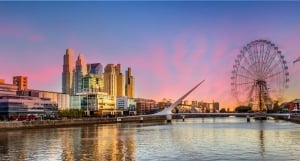
Buenos Aires
The vast province of Buenos Aires is one of the most characteristic territories of the Argentine soil. When we say "Argentina" we unfailingly say "Buenos Aires", we mean perfect soils, almost without decline, full of wheat, corn, soya beans... and unbeatable cattle...
-
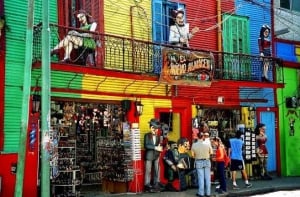
City of Buenos Aires
Originally a flat, treeless territory occupied by brave, warlike aboriginal groups that appeared and dispersed at great speed across the vast pampas. It was Juan Díaz de Solís who first tried some names for these places, calling the estuary of the River Plate Mar Dulce.
-

Cuyo
This region of the Argentine Republic is located in the central-western area, land of the aborigines and the last place of the Inca empire that extended its roads to the current province of Mendoza.
-
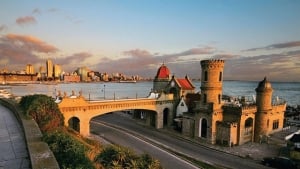
Mesopotamia
The name indicates the essence of its territory... "totally surrounded by rivers", except for the missionary town of Bernardo de Irigoyen which is the only dry border in this geographical region of Argentina.
-

North East Argentina
In a territory as vast as Argentina, it is not too difficult to define the particularity of each geographical region. In the case of the northeast, we can highlight the versatility of the landscape that passes from the jungle in strata on the banks of the rivers to the thorny mountain in the western Chaco.
-

Northwest Argentina
Who only knows some isolated facts about Argentina, will never imagine the wonderful contrasts that this region of our country presents...the colours of the earth and the hills are confused in intense reds, dazzling ochres, permanent blue skies
-
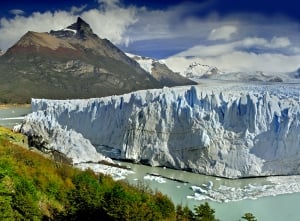
Patagonia
Of dubious origin, many say that it was Magellan's chronicler who first used the term Patagonia in his writings, back in 1520.
-
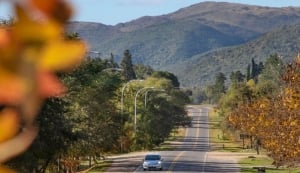
Sierra
Located in the eastern centre of the Argentine Republic, the mountainous destinations in the province of Córdoba and Buenos Aires are developed. All of them are Mediterranean, and their backbone is the Palaeozoic mountain range, which has been rejuvenated by the almost explosive rise of the Andes. In the particular case of Cordoba, it is impressive for its majesty.
We Are Part of the My Guide Network!
My Guide Argentina is part of the global My Guide Network of Online & Mobile travel guides.
We are now in 180+ Destinations and Growing. If you are interested in becoming a local travel partner and would like to find out more then click for more info about our Website Business Opportunity.
Nearby Destinations
Create New Guide
Filter Events by Sub-Category
Please select a Date first.





